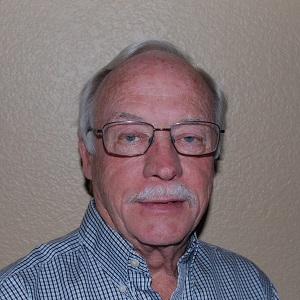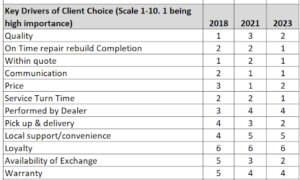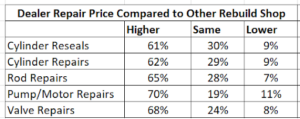Exceed Revenue Goals
Exceed Revenue Goals
Guest writers Debbie Frakes and Steve Clegg are back with a new and relevant blog post this week which covers the topic of how to meet and exceed your revenue goals.
Revenue and transaction trends tell a story about your company. They allow you to recognize sales patterns and understand what activities, processes, and methods lead to consistent business growth. Without this information, you won’t be able to make sound decisions for your company. Tracking and acting on revenue analytics and trends will help you answer the following critical questions:
- Who should you target for marketing initiatives?
- Which products or services should you focus on?
- What customers and prospects should your salespeople spend time contacting?
If you don’t determine the right answers to these questions, then you won’t be able to meet your revenue goals, let alone exceed them.
How to achieve your revenue goals.
When it comes to drivers of revenue, two of the most important analytics are the number of transactions and customer retention. They explain exactly what is happening in your business and where you may be falling short. These two revenue analytics go hand in hand, because the longer someone works with you, the more transactions they will make.
Below is an example of a business whose new customers during the past 12 months make up 51% of their total number of customers. The numbers show how the behavior of these customers changes over time, if they keep working with you.
Average transactions
Year 1: 3
Year 2: 13
Year 3: 18
Average revenue
Year 1: $39,099
Year 2: $154,537
Year 3: $178,789
These revenue analytics show that the longer a customer works with you, the more valuable they become to your company. For this reason, when it comes to meeting and exceeding your revenue goals, retaining customers over the long term should be a primary focus of your sales and marketing teams.
Act on revenue trend information.
Tracking revenue analytics is great, but they won’t do you any good if you don’t actually use the information to your advantage. The area where you can make the largest impact towards meeting and exceeding your revenue goals is by improving customer retention and increasing purchase frequency. Remember, for most companies, the longer someone works with you, the more lucrative they become for you. Here are some methods for boosting your company’s customer retention and purchase frequency:
- Regular emails – It’s important to consistently communicate with your customers. We recommend sending several emails a month highlighting the products and services you offer, reminding them to purchase, and establishing yourself as the expert in the industry and their go-to source for assistance. Emails sent out by our partner, Winsby, typically double or triple customer purchase frequency.
- Offer targeted suggestions – View your customer purchase data to recognize patterns and anticipate what they may need or when they might be getting low on a product. Then you can send them a message or give them a call that is specific to their current needs.
- Use customer satisfaction surveys – Regularly ask for feedback from customers about how they feel about your company and how well you are fulfilling their needs. By conducting customer satisfaction surveys, you’ll find out about problems and have the opportunity to solve them before a customer leaves you. Customer satisfaction surveys conducted by Winsby typically boost retention by 20% – 30%.
- Calling prospects to expand your email list – Calling provides new leads and introduces customers to your company. Winsby clients see an average increase of 60% in customers’ purchases when they have been called.
The effectiveness of Winsby email and calling services.
Customers receiving Winsby emails typically purchase two to three times more often than customers who don’t receive emails. Here is an example the results that an equipment dealer saw with Winsby emails:
The Winsby calling program identifies decision makers at the companies you’re targeting and then adds them to the email list. Here are the results for a dealer they work with:
Understand the types of purchases customers are making.
In addition to looking at customer retention and number of transactions, you also should be tracking types of purchases. Identifying which products sell the greatest quantities will help you focus your marketing and advertising strategies better. Products that are normally purchased more often will deliver a greater ROI for your marketing campaigns than less popular products would.
Once you determine your most frequently bought products, you can then place greater resources behind them and see a higher return.
Take full advantage of revenue analytics.
By understanding which customers produce the most value for your business and which types of products and services result in the most transactions, you can better target your sales and marketing efforts. You’ll reach and exceed your revenue goals if you focus on retaining your current customers and push the products that generate the most money.
Our partner company, Zintoro, will track these key revenue analytics and many others, as well as provide specific strategies for improving them. Their portal shows you exactly which customers should be called when and which products should be promoted. They are the answer for equipment dealers and other businesses who want to make sense of their numbers and use them to their advantage.
If you want to understand your revenue analytics and use proven strategies to exceed your revenue goals, contact Zintoro today for a demo. Today many businesses rely on outdated data and backward-looking reports for planning. Zintoro generates greater than 95% accuracy in their 12 month forecasts to see the future and plan versus reacting and continually trying to explain the past.













